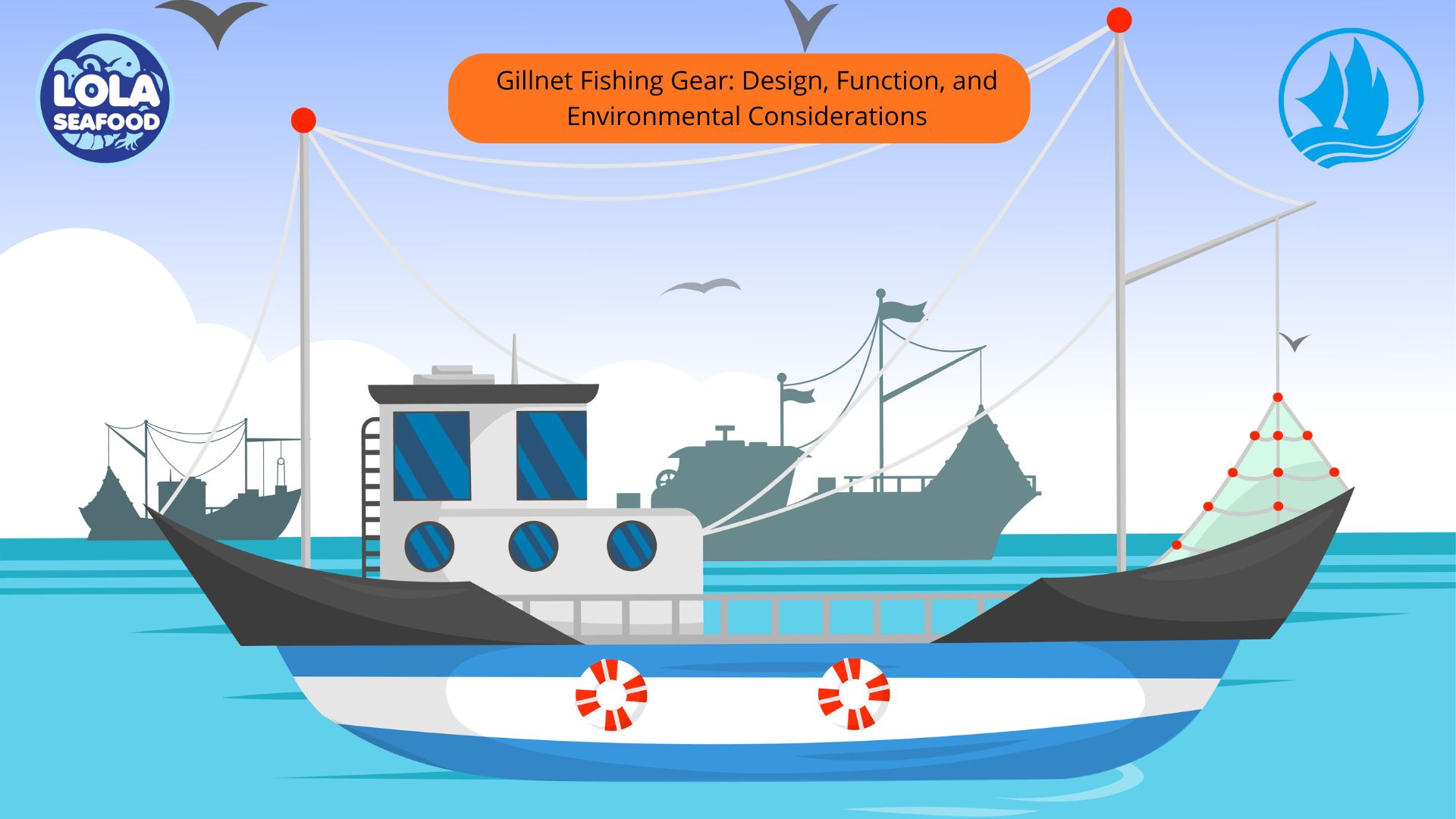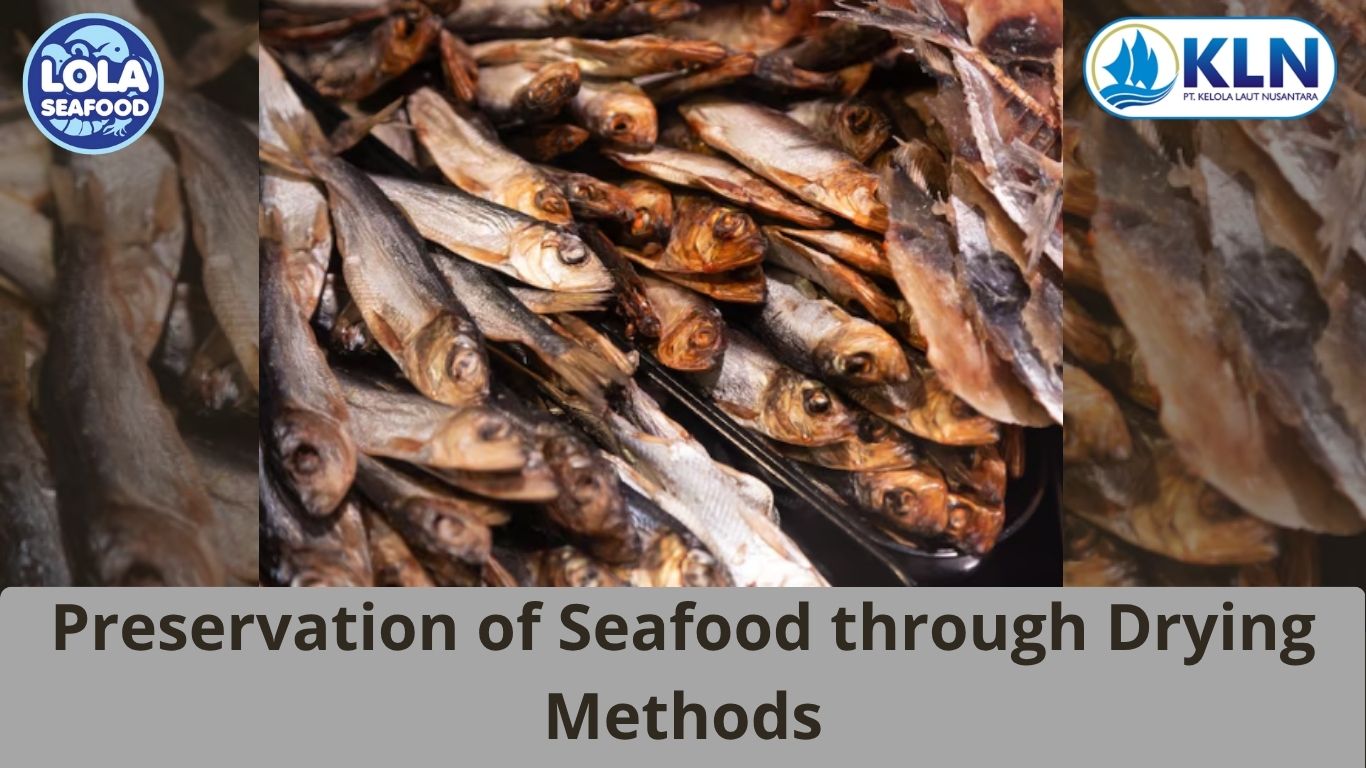Fish Auctions at Fish Landing Sites: Function, Process, and Economic Importance
By. Puji Widyastuti - 07 Nov 2025
kelolalaut.com The fishery sector plays a vital role in supporting food security, employment, and economic growth in many coastal regions. One of the key activities in post-harvest fisheries management is the fish auction, which usually takes place at fish landing sites (FLS), known in Indonesia as Tempat Pendaratan Ikan (TPI). These facilities serve as organized centers where fish are landed, traded, and distributed to markets. This article explores the concept of fish auctions, their operational systems, economic significance, and challenges in ensuring fair and sustainable fish marketing.
1. Definition and Function of Fish Landing Sites
A fish landing site is a designated area along the coast where fishing vessels unload their catches. It serves as a hub for post-harvest activities such as sorting, grading, weighing, and auctioning of fish. In many developing countries, fish landing sites are managed by local fisheries authorities, cooperatives, or private organizations to ensure the smooth flow of fish from producers to consumers.
The primary functions of fish landing sites include:
-
Landing and recording fish catches to support statistical data collection.
-
Quality control to ensure freshness and safety of fishery products.
-
Facilitating trade through fish auctions or direct sales.
-
Supporting fisher livelihoods by providing access to fair markets and prices.
-
Providing infrastructure such as cold storage, ice plants, water supply, and waste disposal facilities.
By centralizing fish trading in one place, fish landing sites help regulate prices, maintain hygiene standards, and promote transparency in the marketing process.
2. The Concept and Purpose of Fish Auctions
A fish auction is a system of selling fish where buyers compete by bidding, and the highest bidder purchases the product. This open and competitive method helps determine fair market prices based on supply and demand. The main objectives of fish auctions are:
-
To ensure that fishers receive a fair price for their catch.
-
To promote transparency and reduce exploitation by middlemen.
-
To facilitate efficient distribution of fish to retailers, processors, and exporters.
In Indonesia and many other countries, fish auctions are managed by Fish Auction Committees or Fisheries Cooperatives, which are responsible for organizing the process and ensuring fair transactions between sellers (fishers) and buyers (traders or wholesalers).
3. The Auction Process at Fish Landing Sites
The fish auction process generally follows a standardized procedure involving several steps:
-
Landing and Registration
When fishing boats arrive at the landing site, their catches are unloaded and weighed. The species, quantity, and quality of fish are recorded by auction staff. This data is used not only for sales but also for fisheries statistics. -
Sorting and Grading
Fish are sorted based on species, size, and freshness. Grading ensures that buyers know the quality of the product before bidding, which helps set appropriate price levels. -
Display and Bidding
The fish are then displayed in baskets or containers at the auction area. The auctioneer (commonly known as a juru lelang in Indonesia) announces the lot and starts the bidding process. Buyers call out their offers, and the auctioneer accepts the highest bid. In some modern systems, electronic or online auctions are used for greater efficiency and transparency. -
Payment and Distribution
After the bidding, the winning buyer pays the agreed price through the auction office. The payment is then distributed to the fisher, with a small percentage deducted as an auction service fee, usually used for site maintenance and administrative costs. The purchased fish are packed and delivered to markets or processing facilities.
4. Economic and Social Importance
Fish auctions play a significant role in supporting the local economy and ensuring equitable benefits for fishing communities. They offer several advantages:
-
Fair Pricing: Because prices are determined through open competition, fishers are more likely to receive the real market value for their catch.
-
Market Access: Auctions connect small-scale fishers directly with traders, processors, and exporters, reducing dependence on middlemen.
-
Data Collection: The registration of landed fish helps government agencies monitor fishery resources and manage sustainable harvest levels.
-
Community Empowerment: Revenues from auction fees often support community development programs, maintenance of landing facilities, and fisher cooperatives.
In many coastal towns, fish auctions also create jobs for laborers, transporters, and vendors, contributing to broader economic development.
5. Challenges in Fish Auction Systems
Despite their benefits, fish auction systems face several challenges, especially in developing countries. Some common issues include:
-
Lack of infrastructure such as clean water, proper sanitation, and cold storage, which can affect fish quality.
-
Inefficient management or corruption, leading to unfair pricing and lack of transparency.
-
Dependence on middlemen, who may influence prices despite the auction system.
-
Limited technology use, which hinders modernization and record-keeping.
-
Fluctuating fish supply, caused by seasonal fishing patterns and weather conditions, leading to unstable prices.
To overcome these challenges, improvements in management, capacity building for fishers, and the adoption of digital auction systems are increasingly encouraged. Government intervention through policy support and infrastructure investment is also essential to strengthen the role of fish landing sites in the national fish supply chain.



.jpg)



